In recent years, the beauty industry has been thrust into the spotlight, not just for its innovative products but for the ingredients within them. A heated debate has emerged in New Zealand over the safety of certain toxic makeup ingredients, prompting calls for stricter regulations or outright bans. But what does this mean for Kiwi businesses and consumers, and should New Zealand follow suit with other countries that have already taken decisive action?
Understanding the Ingredients at the Center of the Debate
Cosmetic products often contain ingredients like parabens, phthalates, and formaldehyde releasers, which are under scrutiny for their potential health impacts. These chemicals have been linked to various health issues, including endocrine disruption and carcinogenic effects. While the European Union has banned over 1,300 cosmetic ingredients due to safety concerns, New Zealand's regulatory framework is less stringent, aligning more closely with the US, which bans only 11.
How Toxic Ingredients Work in Makeup Products
These ingredients serve functional purposes—parabens, for instance, act as preservatives, extending product shelf life by preventing microbial growth. Phthalates are often used as solvents and to increase the flexibility of plastics in packaging. However, their potential to disrupt hormonal systems has raised significant alarms.
Case Study: European Union's Regulatory Approach
The EU's precautionary principle stands as a global benchmark. After banning numerous ingredients, the region has seen a shift towards safer alternatives, fostering innovation in the cosmetics industry. This regulatory environment has pushed companies to develop new formulations, leading to a competitive edge in the clean beauty market.
New Zealand could adopt a similar approach, potentially boosting its domestic beauty industry. According to a Stats NZ report, the demand for organic and natural beauty products has increased by 15% annually, indicating a market ready for safer alternatives.
The Economic Implications for New Zealand
Banning certain ingredients could initially strain local businesses, especially small to medium enterprises (SMEs) that may lack the resources to reformulate products quickly. However, this shift could also open up opportunities for innovation and market expansion into regions with stricter regulations like the EU.
Pros and Cons of Banning Toxic Ingredients
Pros:
- Consumer Safety: Reduces exposure to potentially harmful chemicals, promoting public health.
- Market Differentiation: Positions New Zealand as a leader in clean beauty, appealing to health-conscious consumers.
- Environmental Benefits: Decreases the environmental impact of harmful chemicals leaching into ecosystems.
Cons:
- Economic Impact: Initial financial burden on businesses to reformulate products.
- Supply Chain Challenges: Potential disruptions in sourcing alternative ingredients.
- Regulatory Complexity: Increased compliance costs and potential competitive disadvantage if not aligned with major markets like the US.
Industry Insight: The Shift Towards Clean Beauty
According to a report by MBIE, the global clean beauty market is expected to reach NZD 25 billion by 2025, growing at a compound annual growth rate (CAGR) of 9%. New Zealand brands like Ethique and Antipodes have already captured international attention with their sustainable practices and ingredient transparency, setting a precedent for others to follow.
Myths and Misconceptions
Myth 1: All Natural Products Are Safe
Reality: Not all natural ingredients are safe; poison ivy is natural but harmful. Safety depends on formulation and concentration.
Myth 2: Regulations Are Too Strict
Reality: In contrast, New Zealand's current regulations are considered lenient compared to the EU's stringent guidelines.
Myth 3: Banning Ingredients Will Destroy the Industry
Reality: While challenging, reformulation can lead to innovation and new market opportunities.
Future Trends and Predictions
The future of beauty in New Zealand will likely see a stronger emphasis on sustainability and transparency. As consumer awareness grows, brands that fail to adapt may face declining market shares. By 2030, it's predicted that 70% of beauty products in New Zealand will be free from controversial ingredients, aligning with global trends towards safer cosmetics.
Conclusion
The debate over banning toxic makeup ingredients in New Zealand is multifaceted, involving consumer safety, economic implications, and industry innovation. As the global beauty landscape evolves, New Zealand has the chance to position itself as a leader in clean beauty, offering safer products while driving economic growth. What’s your take on this issue? Should New Zealand adopt more stringent regulations? Share your thoughts below!
People Also Ask
How does banning toxic ingredients impact businesses in New Zealand? Businesses may face initial reformulation costs but stand to gain from increased consumer trust and market expansion.
What are the biggest misconceptions about toxic makeup ingredients? Many believe natural products are inherently safe, but formulation plays a crucial role in safety. Additionally, some assume New Zealand regulations are too strict, whereas they are actually more lenient than the EU.
Related Search Queries
- Clean beauty trends in New Zealand
- Impact of EU cosmetic regulations
- Natural vs. synthetic makeup ingredients
- New Zealand beauty industry growth
- Toxic ingredients in skincare


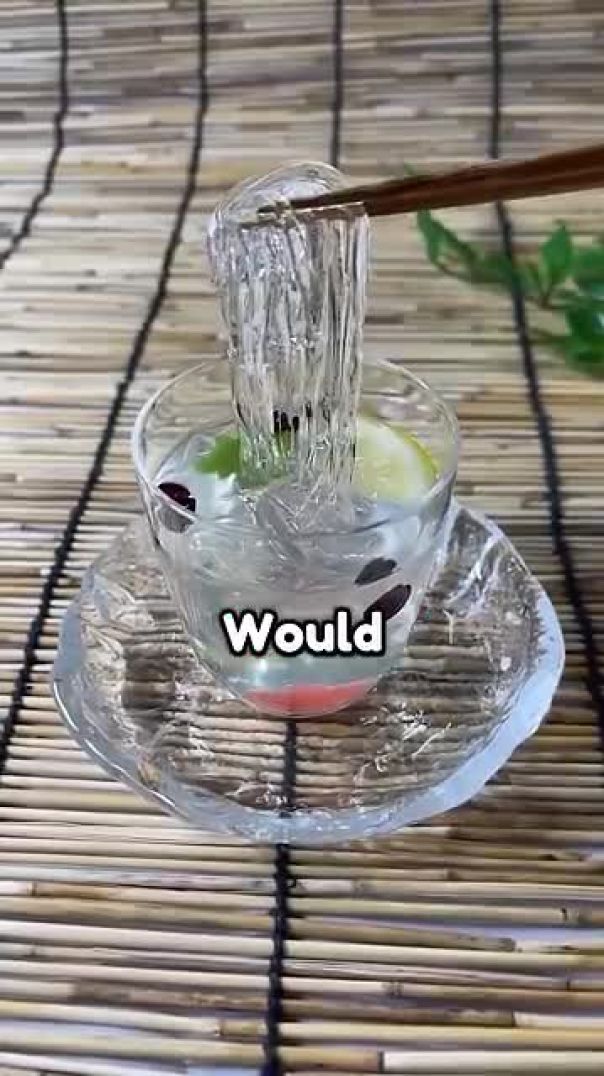



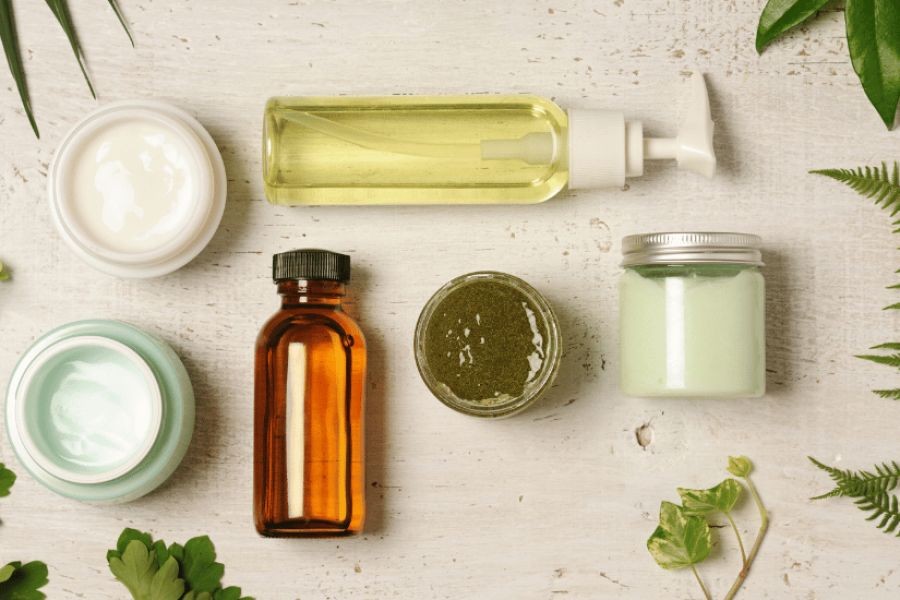





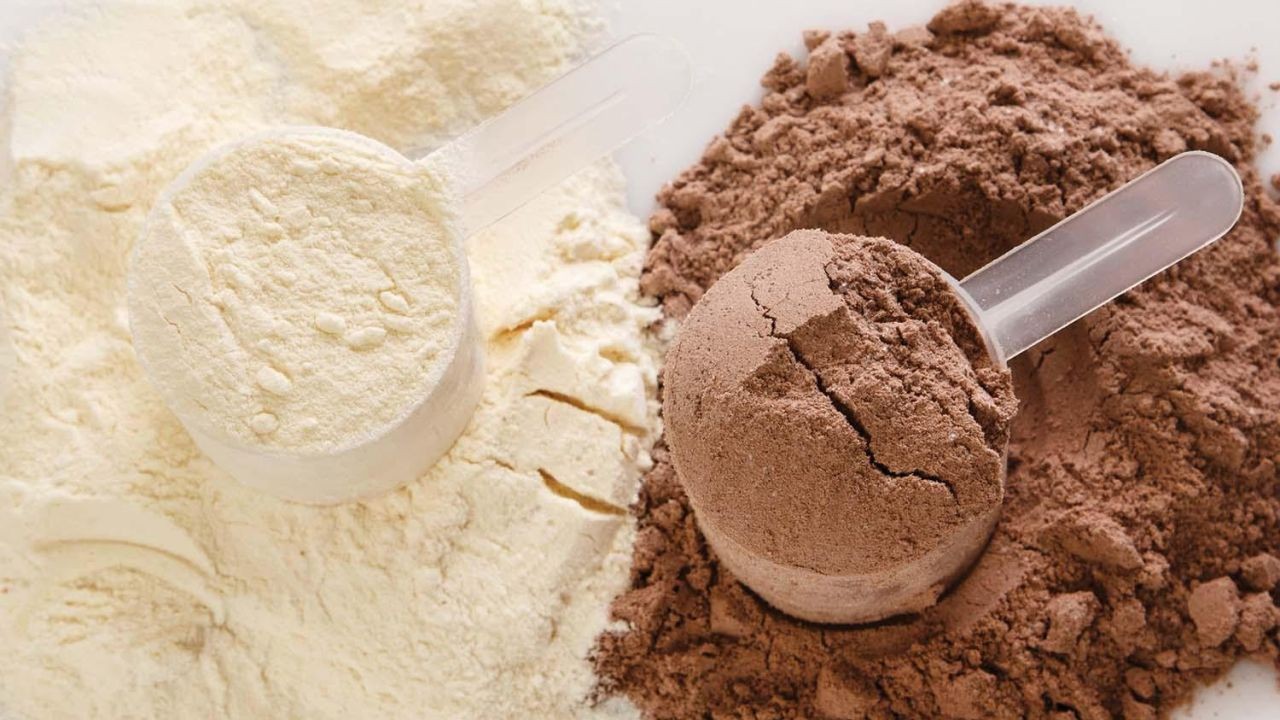
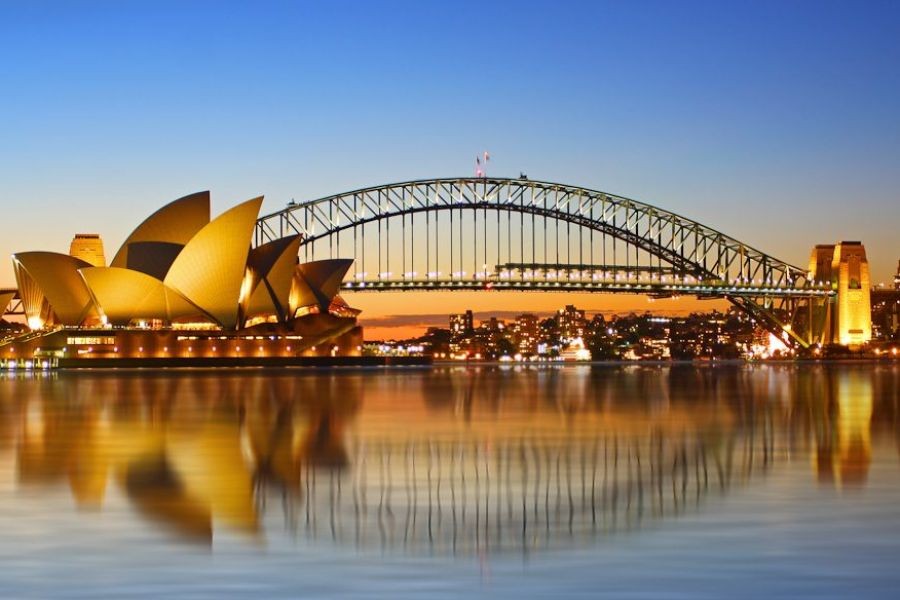






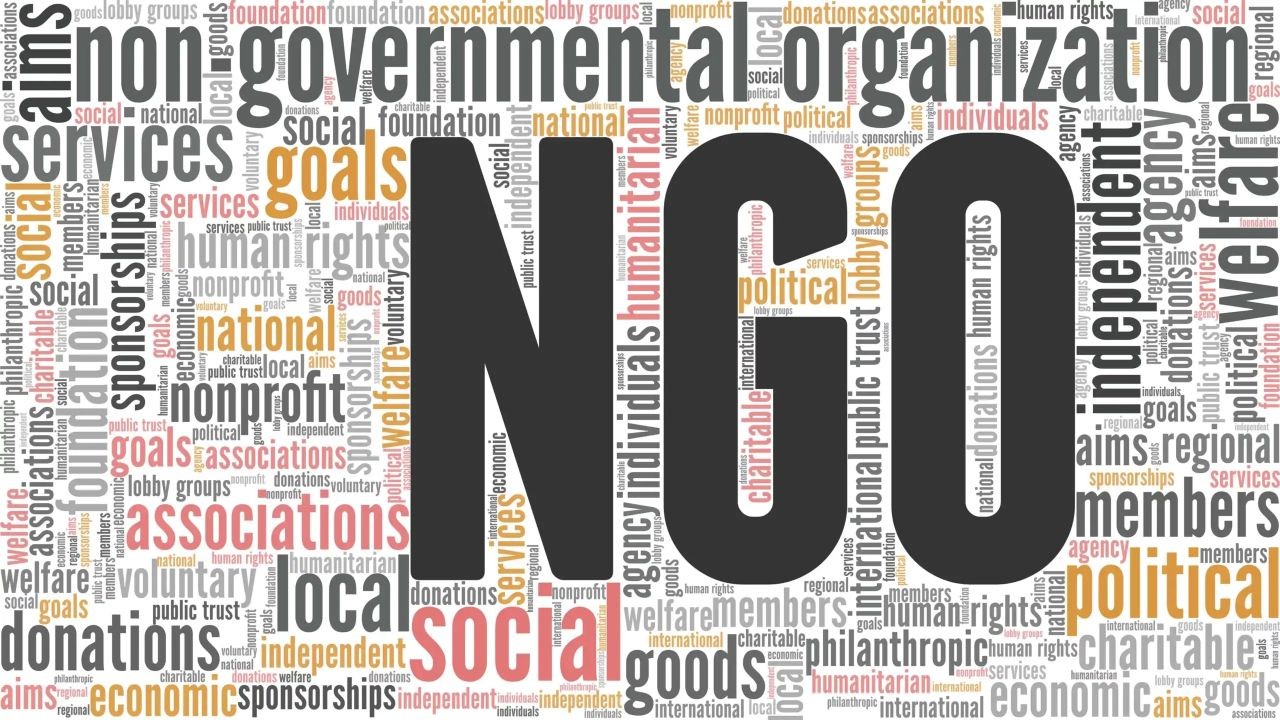
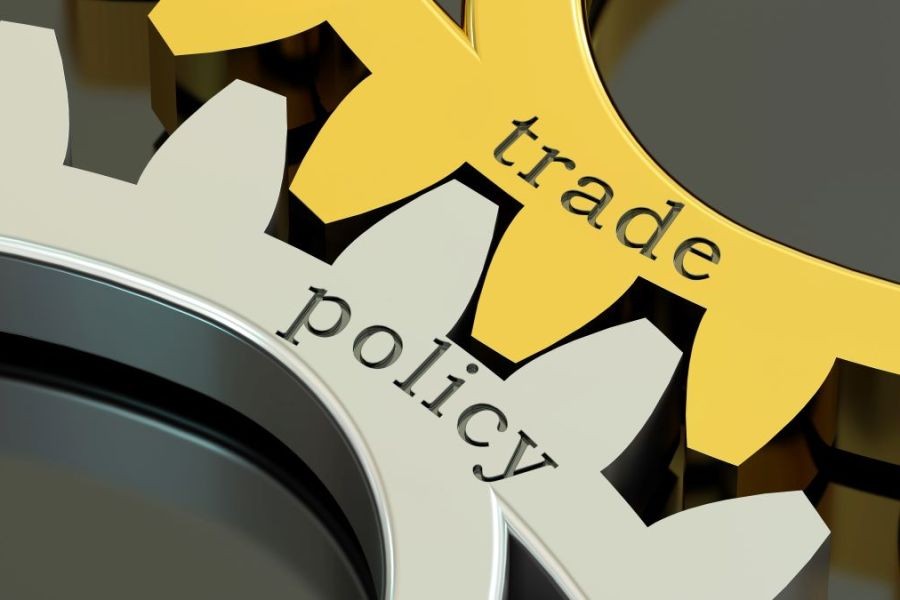

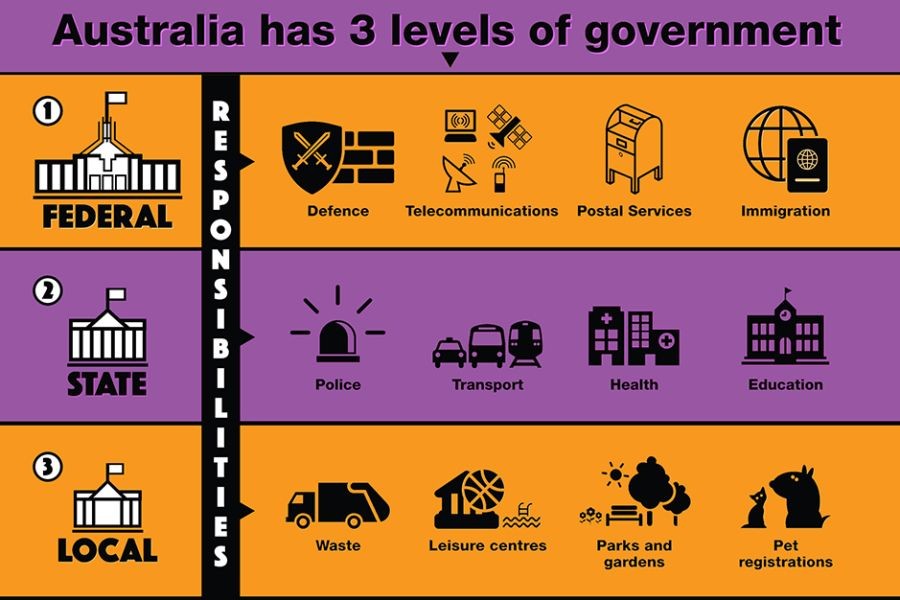
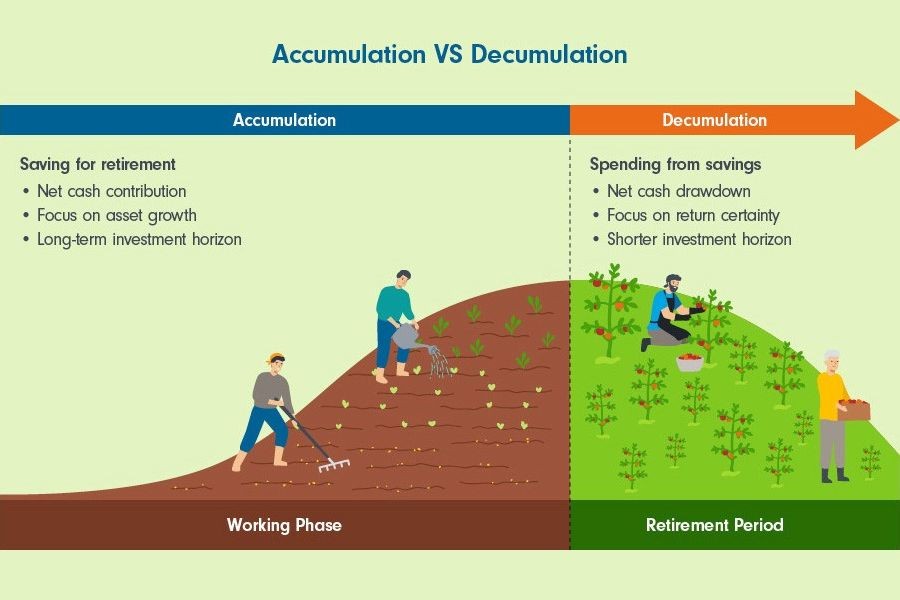







ShanonCraw
4 months ago